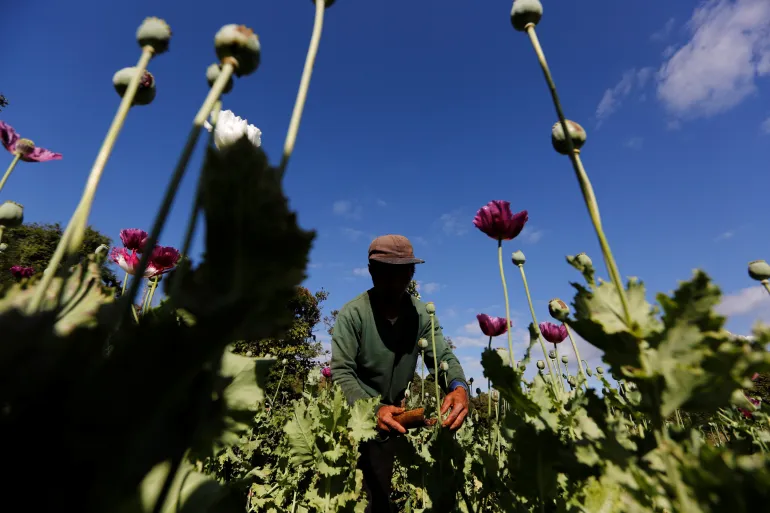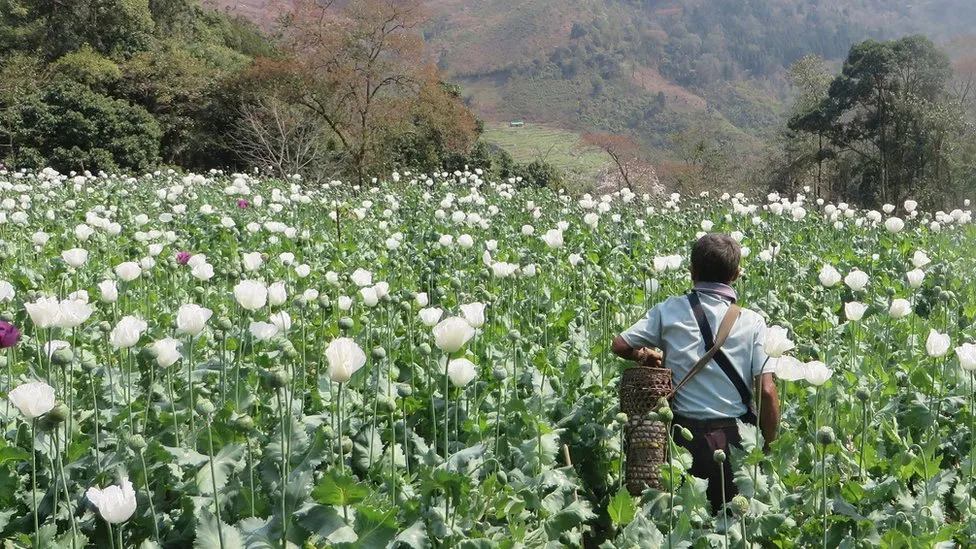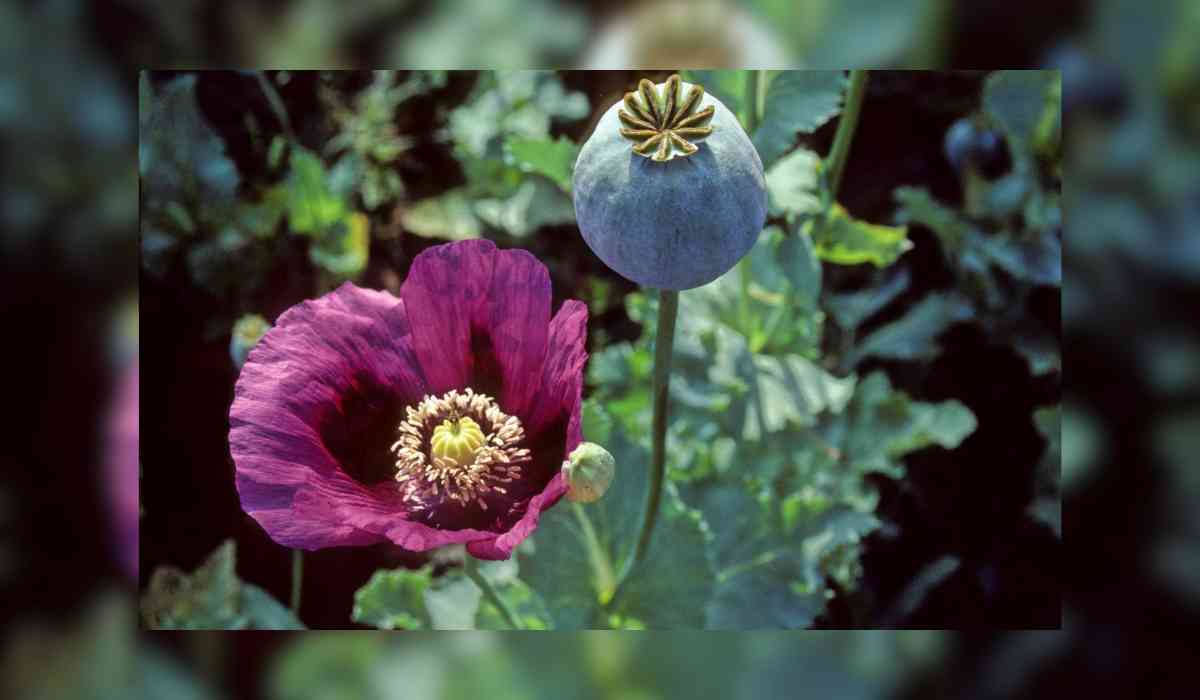Myanmar has taken the lead as the world's foremost producer of opium in 2023, overtaking the previously dominant Afghanistan, which had cracked down on poppy cultivation following the collapse of its civilian government in 2021.

Production Statistics: Myanmar's Rise, Afghanistan's Decline
According to data released by the United Nations Office for Drugs and Crime (UNODC), Myanmar has produced an estimated 1,080 metric tonnes of opium this year. In stark contrast, Afghanistan witnessed a staggering 95% decrease in opium production, yielding just 330 tonnes. This decline follows the imposition of a comprehensive ban on the opium trade by the Islamist rulers in April of the previous year, significantly impacting the country's output.
Myanmar's Booming "Opiate Economy"
The instability prevailing in Myanmar has paved the way for the expansion of its illegal economy, particularly the opiate sector, which has surged to an estimated value ranging from $1 billion to $2.4 billion. This accounts for approximately 1.7% to 4.1% of the country's GDP in 2022. Notably, Myanmar had seen an estimated production of 790 metric tonnes of opium the previous year, as reported by the UN.

Factors Driving Opium Cultivation in Myanmar
The UNODC highlights factors such as high inflation, limited access to markets, and inadequate state infrastructure as driving forces pushing farmers towards opium cultivation. Moreover, there's evidence suggesting a shift towards more sophisticated methods in poppy farming in Myanmar. This includes increased investment, adoption of better practices, such as enhanced irrigation, and potential use of fertilizers, leading to amplified crop yields.
Opium Cultivation Dynamics: Afghanistan vs. Myanmar
Afghanistan's commitment to eradicating illegal drug production resulted in a dramatic decline in poppy cultivation between 2022 and 2023. The area dedicated to poppy crops, once constituting nearly a third of the country's agricultural value, shrunk significantly from 233,000 hectares in late 2022 to a mere 10,800 in 2023.
Conversely, Myanmar faced heightened conflict, particularly in its Shan state, the epicentre of cultivation. Ethnic minority armed groups initiated an offensive against the junta and its affiliates in this region, covering nearly a quarter of Myanmar's land mass. The UN identifies Shan State as the primary source of methamphetamine in Southeast Asia. Characterized by ravines and jungle-clad hills, this area is under the control of various ethnic armed organizations with substantial forces at their disposal.
© Copyright 2023. All Rights Reserved Powered by Vygr Media.

























